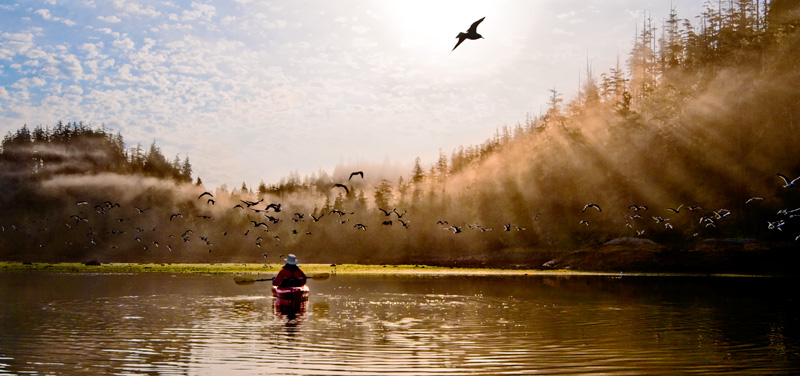Port McNeill to Miles Inlet
/Despite our goal of an early departure, it was not until 9:29am that we cast off from the friendly docks at Port McNeill. Our host, Steve Jackman, runs a great facility. My praise is not based so much on the amenities, but on the “can do", “Do you need anything else” service that he and his staff offer. This year was noticeably different at the docks. Last year we were almost alone. This year the docks were full, and full of many large and magnificent boats. At 46 feet, our Grand Banks was definitely one of the smaller vessels tied to the docks. There was an “80ish foot”, to quote the captain, custom built motor vessel on up to a 130ft sail boat from shores afar. Steve said that he had spent the last year traveling to boat shows and other venues to “get the word out” and I think it worked. Bottom line; make a reservation, especially in season, to enjoy Port McNeill, “The Gateway to the Broughton Archipelago”, as the signs around town proclaim.
Here’s the link to The Port McNeil Fuel Dock and Marina
The conditions on Queen Charlotte Strait were smooth seas with light winds, so we decided to combine two days into one and go direct to Miles Inlet rather than stopping first at Blunden Harbour. The total run was about 41nm. Queen Charlotte Strait, like all the large passages with a southeast/northwest orientation, can be nasty; “snotty” is the term yachties like to use, when the winds come up and work against the tide. It seems we were to be spared such conditions today. The clouds had split to the North and South, leaving us with a quiet window to make our crossing and then travel up the Strait. To the south, the clouds and wind brought heavy rain and lightening. Far to our north, the sky was dark and foreboding, filled with rain. Being in the middle of these two weather makers suited us fine.

Calm Seas at Pulteney Point Lighthouse
 A Fellow Cruiser Enjoys A Calm Ride on Queen Charlotte Strait
A Fellow Cruiser Enjoys A Calm Ride on Queen Charlotte Strait
Our reason to visit Miles Inlet was the expanse of quiet water that is only a short distance from Queen Charlotte Strait. Often in the Broughtons you have to travel many miles and negotiate a rapid or two to enjoy a place like Miles Inlet.
It’s location, just south of Cape Caution, makes this anchorage a popular place to bail out of Queen Charlotte Strait when heading north, and a hideaway to duck into when heading southbound after leaving Queen Charlotte Sound and passing Cape Caution.
 Entering the Southwest Arm of Miles Inlet
Entering the Southwest Arm of Miles Inlet

Arctic Star at Anchor in Miles Inlet
Miles Inlet’s other attraction is its usual double lagoons. At both the southeast and northwest arm of the “T” that is Miles Inlet you’ll find rather large tidal lagoons. The bodies of water that form behind a “bar” are always fascinating. As the tides cascade into or retreat from the lagoons, the resulting whitewater flows can be impressive. Most cruising guides suggest anchoring in the north arm or at the T (looking out at the Strait), but the tides were in our favor and we headed for the snug anchorage in the South Arm, right in front of the lagoon. It was serene and lovely. Not only were we visited by seals and an eagle, but a blue heron fished on the rocky shore just off our bow for at least an hour, entertaining us greatly. We were totally alone in Miles Inlet - just how we like it!
The North and South Lagoons of Miles Inlet
We did not leave enough time in the schedule to explore the inside of either lagoon, so next visit we'll correct that situation. It definitely looks like a great place to kayak.

Outflow at the Southwest Lagoon

Almost Slack at the Northwest Lagoon Entrance
Here is a link to another website featuring photos that show the bars and impressive flows of these lagoons.
http://bcmarina.com/Places/Miles_Inlet/Websize/thumbnails.html
























